calsfoundation@cals.org
University of the Ozarks
The University of the Ozarks is a fully accredited, private four-year college that offers baccalaureate degrees in twenty-seven liberal arts and pre-professional programs. Enrollment in the twenty-first century has ranged between 600 and 650 students, primarily from Arkansas, but with significant numbers from Texas, Oklahoma, and Central America. Students participate in a wide range of extracurricular activities and organizations. Men’s and women’s varsity athletic teams, the Eagles, compete in six different sports in the American Southwest Conference of National Collegiate Athletic Association (NCAA) Division III. Located on a thirty-acre campus in Clarksville (Johnson County) and affiliated with the Presbyterian Church (USA), the university builds on a longstanding mission of social inclusiveness, academic rigor, and spiritual edification.
The origins of the University of the Ozarks date to 1834 in the northwest Arkansas settlement of Cane Hill (Washington County). Still two years from statehood, Arkansas Territory lacked any form of public education, and many Cane Hill residents saw the need for a more structured training for ministry in the Cumberland Presbyterian faith. The Cane Hill School opened as a two-room log schoolhouse in the spring of 1835 and gradually developed a modest campus and a broader curriculum, changing its name to Cane Hill College upon receipt of a charter from the Arkansas legislature in 1852. With this, it joined the recently established St. Johns’ College in Little Rock (Pulaski County) and Arkansas College in nearby Fayetteville (Washington County), the only other four-year colleges in the state. In 1864, during the Civil War, Union troops burned three of its four buildings and turned the only remaining building into an army hospital. Cane Hill College re-opened after the war, and, in the 1870s, it became the first four-year college in Arkansas to admit women into its degree program. By then, however, Cane Hill had begun to lag behind Fayetteville in size and economic importance, and the establishment of Arkansas Industrial University (the future University of Arkansas) in the rival town had sealed the fate of Cane Hill College, which relied almost exclusively on the local church community for funding. In 1887, the Cumberland Presbyterian Church pledged stronger support for the college but insisted on moving it to a more central location within the state. After four years of negotiations, officials agreed on the Arkansas River Valley town of Clarksville, where they opened Arkansas Cumberland College (ACC) in 1891 as a co-educational institution with 217 students and an endowment of $40,000. While some have argued that ACC was an altogether new institution with no real connection to Cane Hill College, historian Robert Basham has described the debate over the continuity between the two schools as “inconclusive.”
By the turn of the twentieth century, the Cumberland Presbyterian Church began to scale back its operations as most of its members elected to rejoin the national Presbyterian Church. This development gave rise to new controversies over the ownership of several Cumberland Presbyterian properties. After several years of litigation, control of ACC passed to the Arkansas synod of the national church, which in 1920 decided to rename the school the College of the Ozarks (“Ozarks” for short). During the presidency of Dr. Wiley Lin Hurie (1923–1949), Ozarks gained a favorable impression throughout the region for its relatively low tuition and fees, and it allayed local concerns about the risks of co-education by enforcing a strict code of moral conduct and discipline. The campus burgeoned with several new buildings, among them the Raymond Munger Chapel (1933), now on the National Register of Historic Places. During World War II, Ozarks housed several training and research programs for the U.S. Army and Navy, and in the postwar period, the still relatively small college compiled a number of pioneering achievements. In 1948, Ozarks opened Arkansas’s first fully accredited school of pharmacy (1948–1951). In 1957, the college began to admit African American students, and, in 1963, Ozarks basketball player Sylvester Benson became the first Black athlete to compete in the now-defunct Arkansas Intercollegiate Conference. A program for learning-disabled students, the first of its kind in the United States, was established at Ozarks in 1971, laying the foundation for the Harvey and Bernice Jones Learning Center (1989), which continues to rank among the nation’s premier facilities for college students with learning disabilities.
The late twentieth century brought new challenges and opportunities to Ozarks. In 1973, an independent board of trustees replaced the Presbyterian Board of National Missions as the chief operating body of the college, though Ozarks did maintain an official connection to the Presbyterian Church (USA) and, since 1983, has been affiliated with the Synod of the Sun. The institution remained ambitious, changing its name to the University of the Ozarks in 1987 to herald a new (and ultimately short-lived) graduate program in special education. However, by that time, declining enrollments had begun to place Ozarks in financial difficulty, and, through the early 1990s, the institution faced the threat of closing down its operations. Ozarks survived this crisis through a combination of fiscal retrenchment and timely assistance from generous alumni and supporters, including board member Helen Robson Walton. In 1998, the Walton Family Charitable Support Foundation announced a gift of $39.5 million, the largest philanthropic donation ever made to a private college in Arkansas. Ozarks then initiated its own Pride and Promise fundraising campaign, which raised an additional $60 million for the university in the next five years.
Under the stewardship of Dr. Rick Niece, who began serving in 1997, these funds helped propel Ozarks into the twenty-first century with multiple new faculty positions; several new buildings (including the $7 million Walker Hall, completed in 2003); and a stronger system of student recruitment, retention, and support. In 2003, the Chronicle of Higher Education featured Ozarks in a front-page article about small colleges that had revived themselves by building on the strengths of their highly personalized environments. President Niece retired at the end of the 2012–2013 school year and was succeeded by Richard Dunsworth, who was inaugurated president on April 11, 2014. Beginning with the 2014–2015 academic year, the university added two new varsity athletic teams—wrestling and competitive cheer—and raised its shooting sports team from club to varsity status. Enrollment for the fall of 2014 was 587 students.
For additional information:
“Back from the Brink: How Six Colleges, Once in Decline, Reversed their Fortunes.” Chronicle of Higher Education, August 1, 2003, 22A–28A.
Basham, Robert. “History of Cane Hill College in Arkansas.” EdD diss., University of Arkansas, 1969.
Historical Foundation of the Cumberland Presbyterian Church and the Cumberland Presbyterian Church in America. Cordova, Tennessee. http://www.cumberland.org/hfcpc/ (accessed June 15, 2023).
University of the Ozarks. http://www.ozarks.edu (accessed June 15, 2023).
Steve Oatis
University of the Ozarks
 Arkansas' Independent Colleges and Universities
Arkansas' Independent Colleges and Universities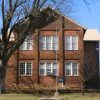 Earle, Fontaine Richard
Earle, Fontaine Richard Arkansas Cumberland College
Arkansas Cumberland College  Sylvester Benson
Sylvester Benson 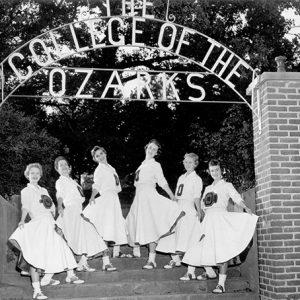 College of the Ozarks Cheerleaders
College of the Ozarks Cheerleaders 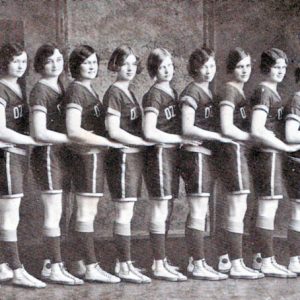 College of the Ozarks Girls' Basketball
College of the Ozarks Girls' Basketball 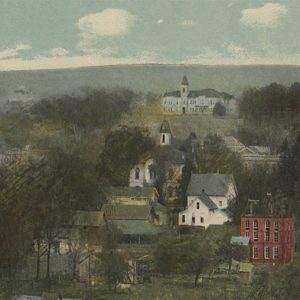 Cumberland College
Cumberland College 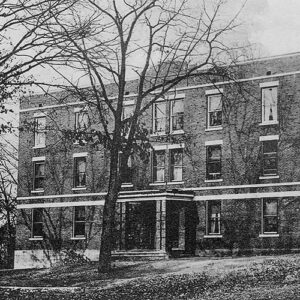 Grove Hall
Grove Hall 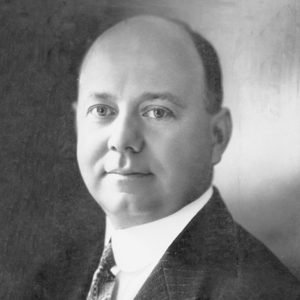 Wiley Hurie
Wiley Hurie  University of the Ozarks
University of the Ozarks  Walker Hall
Walker Hall 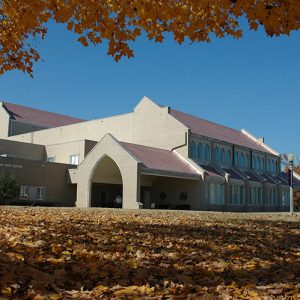 Walton Fine Arts Center
Walton Fine Arts Center  Helen Walton
Helen Walton 




Comments
No comments on this entry yet.